The engine is the "heart" of the car, and its performance will affect the performance of the car. According to the arrangement of the engine cylinders, it can be divided into L inline, V, and H horizontally opposed engines, w12/16 type engines and so on. The displacement of the engine is equal to the sum of the working volume of each cylinder. Increasing the number of cylinders can increase the displacement of the engine and increase the output power of the engine. It can also make the engine run smoothly and reduce vibration and noise.
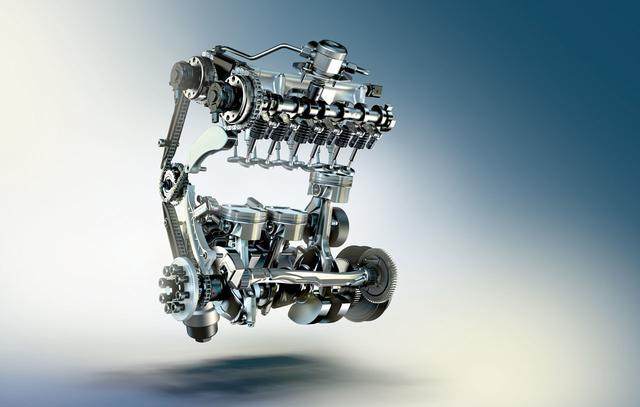
We often hear that this engine has "several cylinders". These numbers represent the number of cylinders in the engine. Commonly used cylinders for automobile engines are 3, 4, 5, 6, 8, 10, and 12 cylinders. The most common are 4 cylinders and 6 cylinders, and the most commonly used is 4 cylinders. Nowadays, three-cylinder engines are commonly used for engines with displacements below 1.3 liters. 1.5-2.5 liters are generally four-cylinder engines, 3 liters are generally 6-cylinder engines, 4 liters are 8 cylinders, and 5.5 liters or more use 12-cylinder engines.
L, V, and W are the current mainstream engine cylinder arrangements. Simply put, they are the arrangement of the dfsk cylinders. As the name suggests, they are, bluntly, the arrangement of the cylinders on an engine.
L engine:
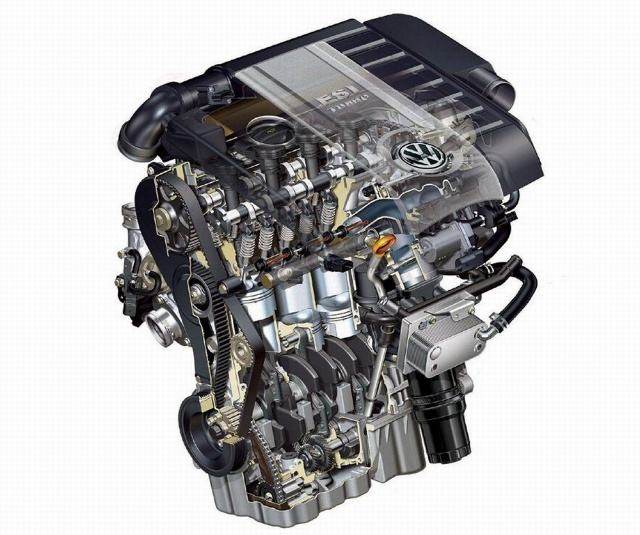
, also known as "LineEngine", means that the cylinders are arranged in a straight line, and all of its cylinders are arranged side by side in a plane at the same angle. "Inline" is generally represented by L, followed by the number of cylinders is the engine code. Hyundai cars mainly have L3, L4, L5, and L6 engines.
V engine:
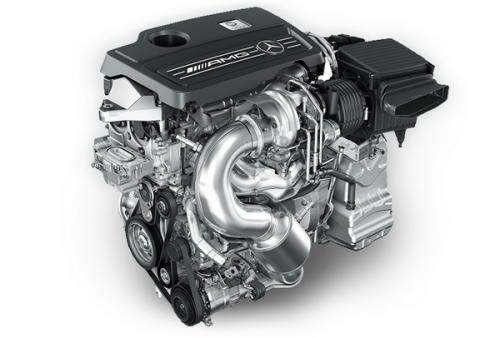
V-shaped arrangement is a relatively advanced arrangement of engines. Simply put, all cylinders are divided into two groups, and adjacent cylinders are arranged at a certain angle (the angle between the center lines of the left and right rows of cylinders is γ<180°)。 The two sets of cylinders form a plane with an included angle. The cylinders are V-shaped when viewed from the side (the usual included angle is 60°), so it is called a V-type engine.
W type engine:
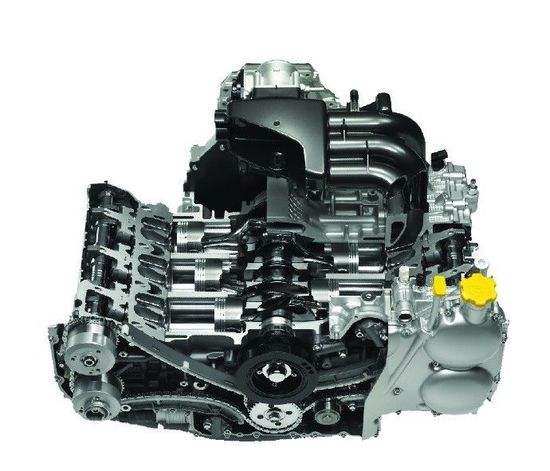
W engine is the exclusive engine technology of German Volkswagen. Simply put, two V-type engines are added together to form a V-type engine, which is "V+V=W=V". Compared with the V-type engine, the W type can make the engine shorter, and the crankshaft can be shorter, which can save the space occupied by the engine, and the weight can be lighter, but its width is larger, making the engine room More full.
Summary: Due to the general call for energy conservation and environmental protection in recent years, as well as the continuous progress of engine technology, especially with the rapid development of new engine electronic control technology, automobile engine displacement is also declining. Technologies such as small displacement, turbocharging, multiple valves, variable valves, variable intake manifolds, and in-cylinder fuel direct injection have become typical technical features of future engine development.
Introduction to the working principle and types of cylinders
What exactly is a cylinder? It is to convert the pressure energy of the compressed air into mechanical energy, and the components of the drive mechanism for linear reciprocating, swing and rotation are called cylinders, which are also called pneumatic actuators.
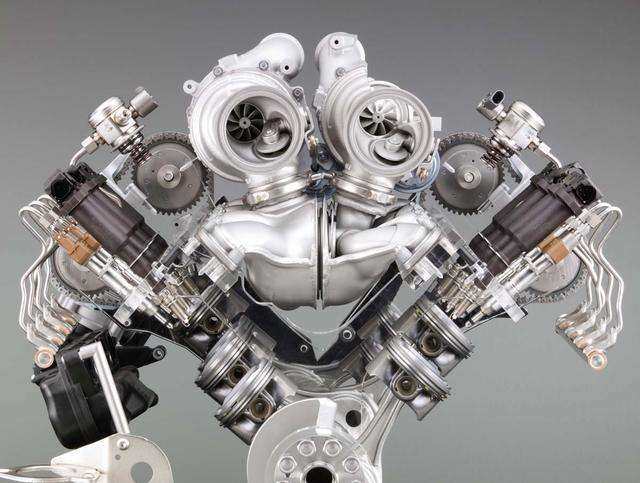
The cylinder of the linear motion cylinder can output force, the swing cylinder and the rotary motion air motor can output torque. The gripper and vacuum suction cup can pick and place objects.
1, linear motion cylinder:
In the pneumatic actuator, the most used is the linear motion cylinder. The structure is divided into piston type and non-piston type (such as diaphragm type)。 The diaphragm cylinder has good sealing performance, no frictional resistance, and does not need lubrication, but the cylinder stroke is short. It is mostly used for clamping in the production process control. The most common type is piston cylinder.
When choosing a piston cylinder, the first choice is to confirm the cylinder diameter and stroke. The larger the cylinder diameter, the greater the thrust. I will explain how to calculate the output force of the Nissan Rich6 cylinder in a later article, and choose different installation accessories according to the installation environment.
Bore diameter and stroke diagram
Piston cylinder
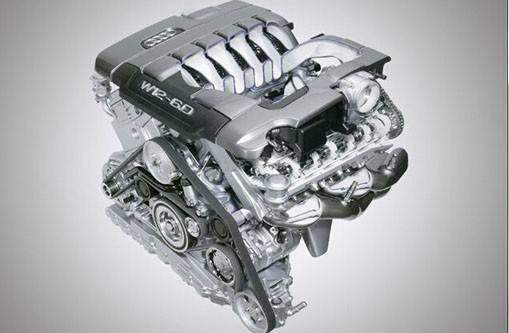
The working principle of the cylinder: the cylinder piston retracts and extends
cylinder piston retracts
Cylinder piston extends
Add springs before and after the piston, the cylinder becomes a single-acting cylinder, only one air inlet is needed, and it is automatically reset by spring reset when it comes back.
2, swing, rotary cylinder
The action of the rotating cylinder can be divided into plane rotation and corner pressing down the cylinder. There are a lot of things to expand here, and I will slowly share it in the following articles.
This type of rotary model is MSQB rotary cylinder, rack and pinion structure, double cylinder structure, can display double output.
there is a turntable on it which can be adjusted to rotate from 0 to 190 degrees. Linear cylinders and dfsk c32 finger cylinders can be installed on the upper turntable to complete some simple mechanical actions.
3, gripper, finger cylinder
Finger cylinder, as the name implies, is a cylinder that functions like a finger. It can grab objects. There are mounting holes on the two grippers. The corresponding fixture can be customized according to different products.






